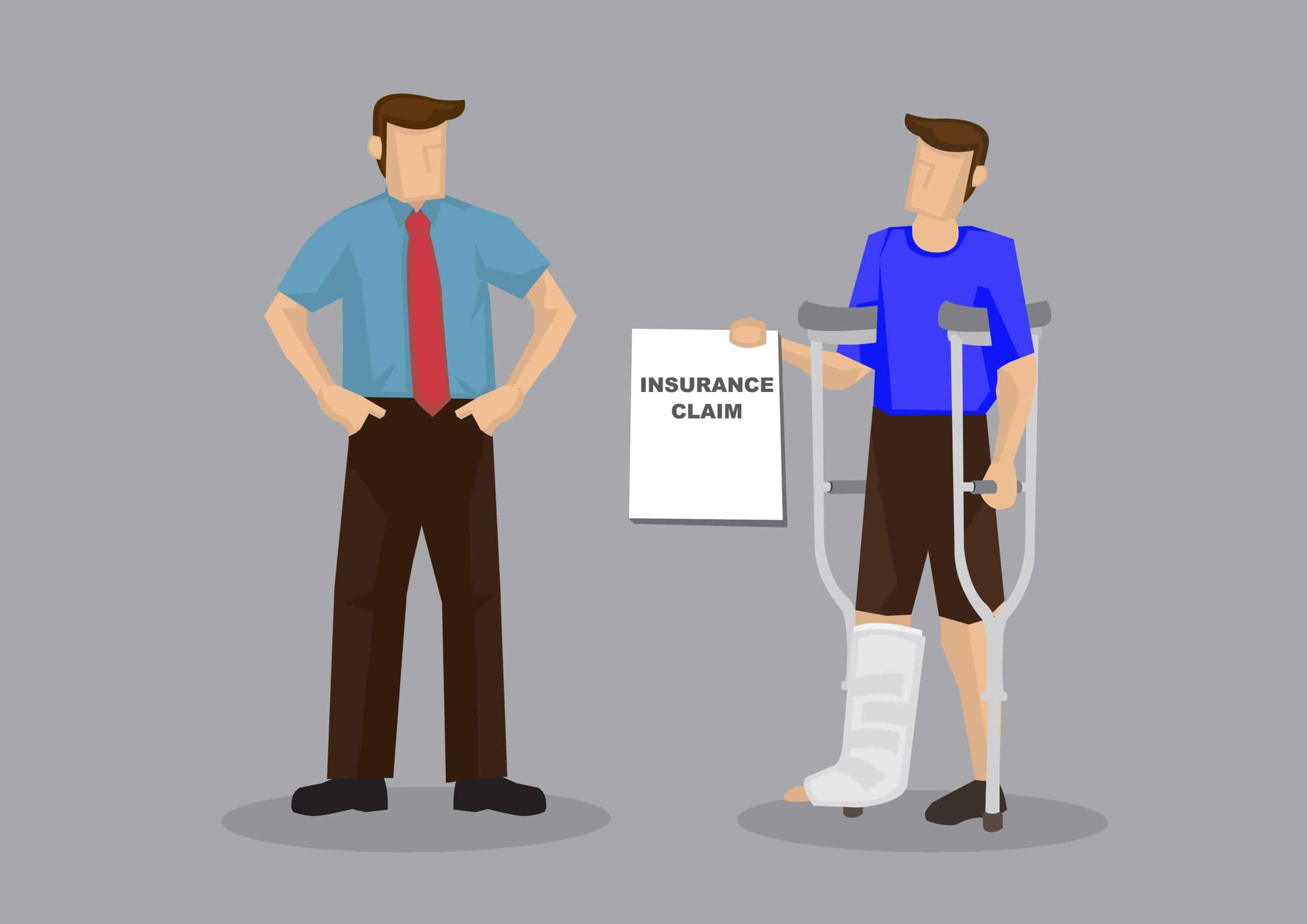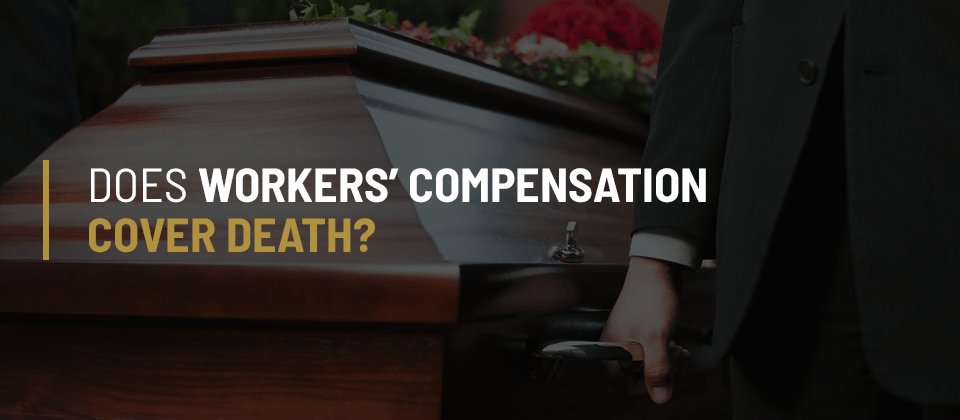The Best Guide To Workers' Compensation Insurance


Workmen's compensation insurance – what is it and why do you need it? - Lifecare International Insurance
Indicators on Worker's Compensation Claims - CCSD You Need To Know
Workers' Payment Protection A vs. Protection B There are 2 kinds of workers' payment protection, called Coverage A and Coverage B. Protection A consists of all of the state-mandated advantages that an injured or ill staff member is entitled to receive from the company's insurance. It covers wage replacement payments along with treatment, rehabilitation, and death advantages as needed.
Coverage B pays benefits that surpass the minimums needed by Protection A. They usually are paid just as the result of an effective suit brought by the worker for negligence or other misbehavior by the employer. Employees who accept employees' payment normally waive the right to sue their employers, agreeing to a "no-fault" agreement in doing so.
Hence, a company may decide to purchase a policy that combines Coverage A and Protection B. Who Pays Workers' Settlement Insurance Premiums? The company pays the workers' payment insurance premiums. There is no payroll deduction, when it comes to Social Security advantages. The company is needed by law to pay employees' settlement advantages as established by private state laws.
The Of How to Get a Workers' Compensation Account - L&I
There also are various rates depending upon whether the staff members covered are carrying out low-risk or high-risk jobs. The costs for the insurance are based upon the company's payroll numbers. Just as Click Here For Additional Info : In California, employees' comp costs approximately 40 cents for every $100 in payroll for low-risk workers and $33.
In Florida, the average is 26 cents per $100 for low-risk jobs and $19. 40 for high-risk tasks. In New York, the average is 7 cents per $100 for low-risk tasks and $29. 93 per $100 for high-risk tasks. How Do You Look for Employees' Compensation? The rules for obtaining employees' settlement vary by state.

Understanding Workers Compensation Insurance - Business Benefits Group
Report the injury or disease to your employer. The company ought to take it from there, filing your claim with the insurer. You can follow through with the company's insurance company to make sure a claim was submitted. If your claim is denied, you can appeal the decision with your state's employees' compensation board.


Raleigh Workers' Compensation Lawyer - Whitley Law Firm - NC
5 Simple Techniques For Injuries at Work: Bureau of Workers' Compensation - TN.gov
Beyond that, every state writes its own rules. For example, Arkansas particularly omits farm workers and genuine estate representatives from eligibility. Idaho omits domestic workers. Louisiana leaves out artists and crop-dusting plane team members. The Bottom Line Every state (other than Texas) requires employers to provide employees' payment coverage to at least some of their employees.
